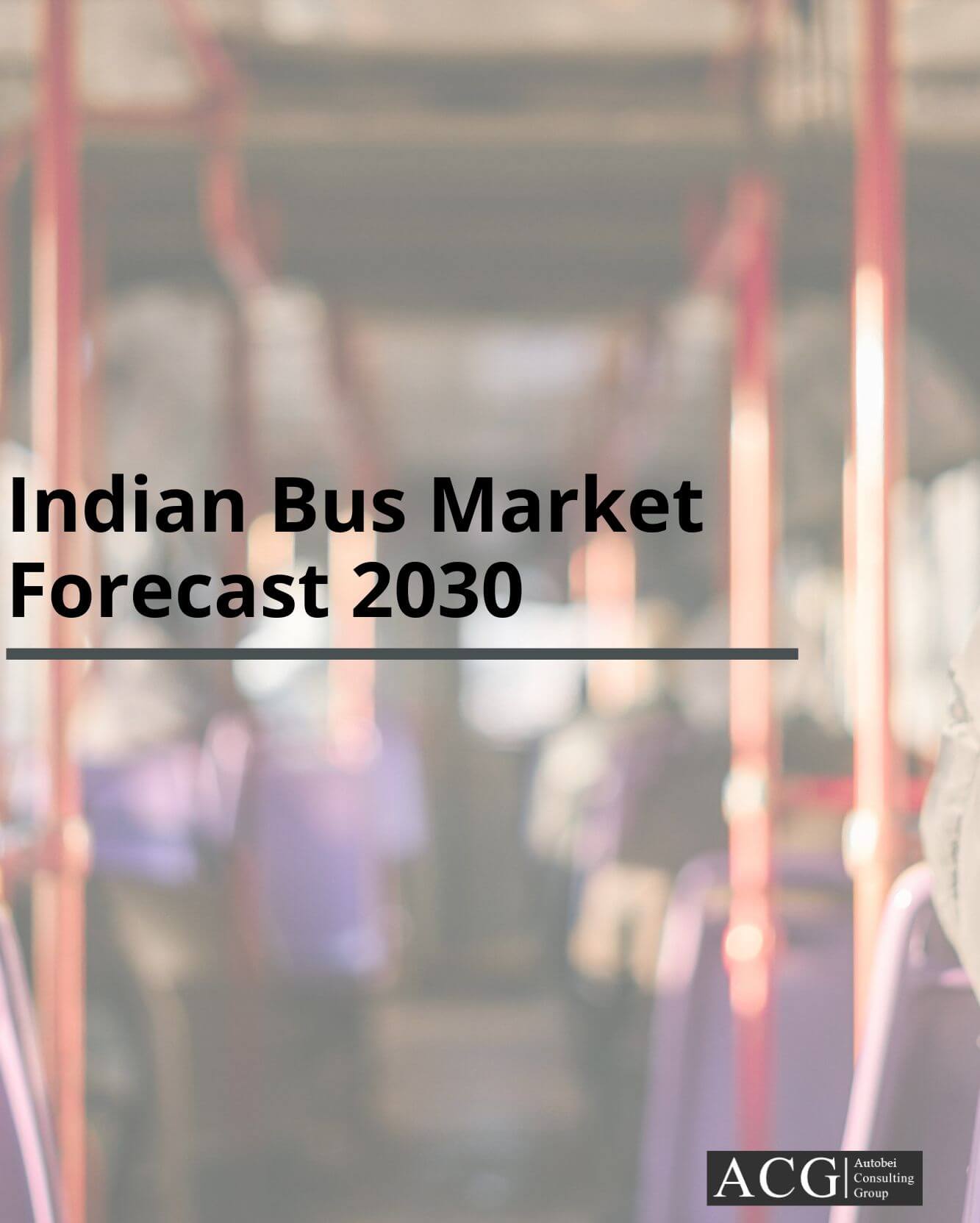In the current scenario, the product does not mean the mechanical vehicle only. Customers are expecting complete transport solution by OEMs. Some recent developments in the country would have a positive impact on CV sales in a long-term scenario. Indian Commercial Vehicle Industry expected to grow between 14 to 16% CAGR by assuming certain parameters in next 4 to 5 years. Demonetisation would have the positive impact on loan EMI, Fuel price, Availability of loans and inflation.
– Fleet utilization is the key issue for fleet owners which reflect in TCO.
– New Infrastructure and Mining projects need to boost heavy Truck sales
– Safety norms, low level of NVH and banned on overloading will drive new product portfolio for OEMs and Fleet owners.
– The industry is facing Trained driver issue from a long time not in India but in Europeana and other emerging markets.
– Bus Application like School and Intercity become most popular in its category. Features like onboard entertainment system, pushback reclining seats, individual AC louvers, reading lamps, mobile charging points, cup holders, Print literature holding mesh, wide windows, spacious interiors,and Bus Body code are going to be part of executive class Bus in India. BharatBenz is also coming with the full range of buses with some new features and technology. SML Isuzu, Ashok Leyland, Tata, Volvo, and Scania are also working on new product portfolio to get the pulse of Industry.
– New Regulations are impacting in Indian, European and other markets. GST is another tax game changer for Indian CV Industry.
– Fast Urbanization is one of the key drivers for Goods and passenger transportation
– Even small cities are going through changes in their daily life of transportation mode. South and West India's Tier 1 and Metro cities will be a major region for Bus Industry.
– From Hybrid Technology Buses, OEM started to work on Electric Bus technology.
– STU buying trend is shifting towards low floor and premium bus segment
Zone wise Commercial Vehicle Sales FY 2016:
M&HCV Zone wise Sales:
– Passenger Vehicle- South Zone contributed 39%, West Zone 30%, North Zone 20% and East Zone 11%
– Goods Vehicle- South Zone contributed 22%, West Zone 36%, North Zone 26% and East Zone 16%
LCV Zone wise Sales:
– Passenger Vehicle- South Zone contributed 38%, West Zone 26%, North Zone 26% and East Zone 10%
– Goods Vehicle- South Zone contributed 27%, West Zone 35%, North Zone 23% and East Zone 15%
OEM Strategy:
– Foreign brand needs to customize their product as per local requirement and create effective supply chain of spare parts
– Few OEMs created local corporate and product brand to penetrate mass market in India to compete with local players like BharatBenz
– Full product range and cover all segment would improve OEMs performance
– Improvement in Quality process and overall product quality will extend product age and product life cycle
– With introduction of new norms and technology, OEMs are closely working with supplier to fulfill current and future trend
Unfortunately transporters business have not seen some effective technological changes which could help them to grow their business. We are expecting some improvement in supply chain and distribution channel by an introduction of new Technology platform developed for Indian Commercial vehicle Industry by Autobei Consulting Group.
Contact us for Customised Study of Indian Commercial vehicle Market Report




